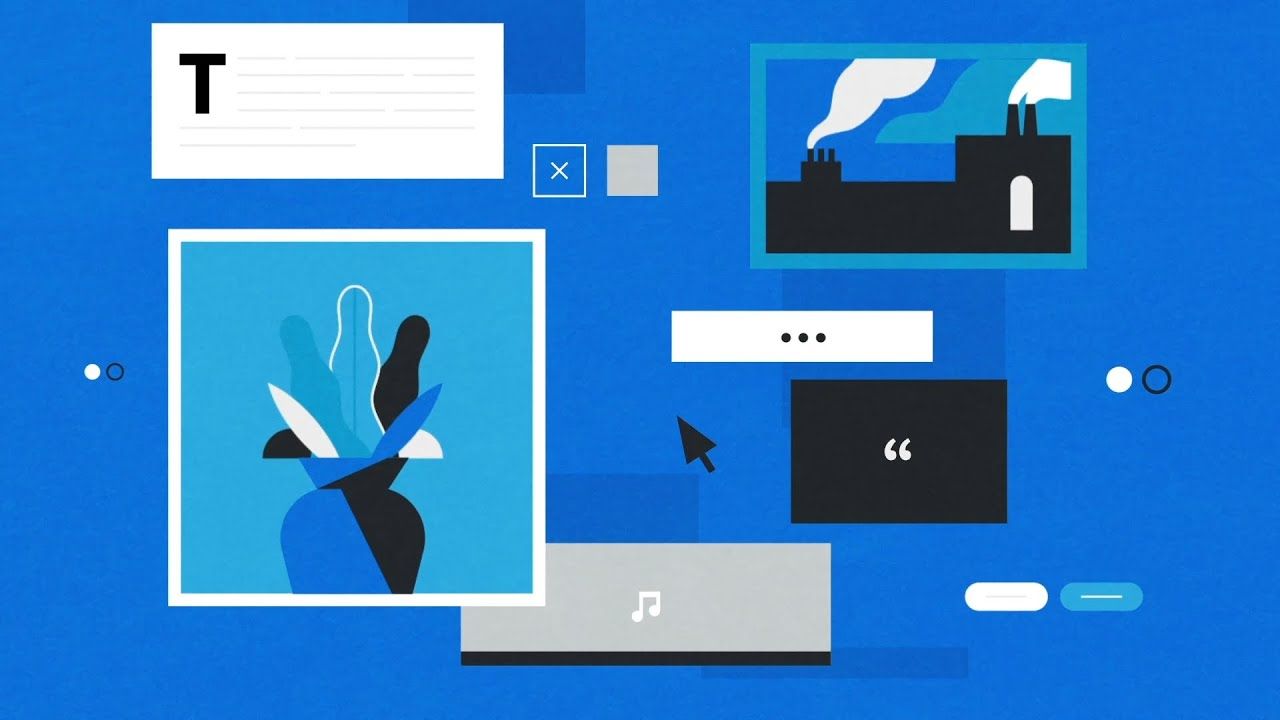But it will still take seven years to get there.
The BepiColombo will be travelling a distance of 9 billion kilometers over the next seven years.


But researchers have a new way to keep the materials and their associated circuitry, including electrodes, intact as they’re moved to curved or other smooth surfaces.
The results of their work appear in the journal ACS Nano.


Though it resembles a coral, root system, or some other kind of growth, the above photo actually depicts a six-inch-wide blood clot in the near-perfect form of the right bronchial tree of a human lung, the Atlantic reported on Thursday. Even more uncomfortable is the revelation that it was not removed by medical staff, but in fact coughed up by a patient who was suffering from heart failure.
The photo was released in late November as part of the New England Journal of Medicine’s Images in Clinical Medicine series. University of California at San Francisco doctors Gavitt A. Woodard and Georg M. Wieselthaler wrote that it came from their patient, a 36-year-old man who had long struggled with chronic heart failure. The patient reportedly had a medical history including “heart failure with an ejection fraction of 20%, bioprosthetic aortic-valve replacement for bicuspid aortic stenosis, endovascular stenting of an aortic aneurysm, and placement of a permanent pacemaker for complete heart block.” When the patient was admitted to the hospital’s intensive care unit, they hooked him up to a pump designed to help circulate blood throughout the body:
An Impella ventricular assist device was placed for management of acute heart failure, and a continuous heparin infusion was initiated for systemic anticoagulation. During the next week, the patient had episodes of small-volume hemoptysis, increasing respiratory distress, and increasing use of supplemental oxygen (up to 20 liters delivered through a high-flow nasal cannula). During an extreme bout of coughing, the patient spontaneously expectorated an intact cast of the right bronchial tree.

We’ve made some big upgrades to the editor. Our new block-based editor is the first step toward an exciting new future with a streamlined editing experience across your site. You’ll have more flexibility with how content is displayed, whether you are building your first site, revamping your blog, or write code for a living.
The new block-based editor won’t change the way any of your content looks to your visitors. What it will do is let you insert any type of multimedia in a snap and rearrange to your heart’s content. Each piece of content will be in its own block; a distinct wrapper for easy maneuvering. If you’re more of an HTML and CSS sort of person, then the blocks won’t stand in your way. WordPress is here to simplify the process, not the outcome.
We have tons of blocks available by default, and more get added by the community every day. Here are a few of the blocks to help you get started:




The idea of a cancer vaccine is something researchers have been working on for over 50 years, but until recently they were never able to prove exactly how such a vaccine would work.
Now, a team of researchers at the Institute for Research in Immunology and Cancer (IRIC) at Université de Montréal has demonstrated that a vaccine can work. Not only that, it could become an extremely effective, non-invasive and cost-effective cancer-fighting tool.
The team’s work was published yesterday in Science Translational Medicine.
